Introduction
Uncontrolled hemorrhage is one of the leading causes of preventable death in trauma situations. This alarming fact emphasizes the necessity for effective hemorrhage control techniques like wound packing, especially in high-stakes environments like battlefields, emergency services, and trauma care. This post dives deep into the science, training, and equipment needed to master hemorrhage control through wound packing. We’ll cover the fundamentals and examine how wound-packing trainers, like those from Battlefield Partners, are shaping the future of first-responder training.

The Science of Hemorrhage Control
Anatomy of a Wound
Understanding the anatomy of a wound is essential for effective hemorrhage control. Bleeding generally occurs from damaged blood vessels, including arteries, veins, and capillaries. These vessels can be present in varying depths beneath the skin, requiring different approaches for effective control.
Citation: Kauvar DS, Lefering R, Wade CE. “Impact of Hemorrhage on Trauma Outcome: An Overview of Epidemiology, Clinical Presentations, and Therapeutic Considerations.” Journal of Trauma-Injury Infection & Critical Care. 2006;60(6 Suppl):S3-11.

Physiology of Hemorrhage
When blood vessels are damaged, several physiological responses take place. Platelets rush to the site to form a clot, and various coagulation factors stabilize it. However, this natural process might be insufficient in severe injuries, requiring manual wound packing.
Citation: Hess JR, Brohi K, Dutton RP, et al. “The Coagulopathy of Trauma: A Review of Mechanisms.” Journal of Trauma. 2008;65(4):748-754.
The Importance of Training
Essential Skill Set
The Committee on Tactical Combat Casualty Care (CoTCCC) recommends wound packing as a key life-saving skill.
Citation: Committee on Tactical Combat Casualty Care Guidelines. “Tactical Combat Casualty Care Guidelines for Medical Personnel.” Journal of Special Operations Medicine, vol. 21, no. 3, 2021, pp. 120-131.
Indications and Contraindications
Indications: Deep wounds with active bleeding, areas where tourniquets can’t be applied, and partial amputations are candidates for wound packing.
Contraindications: Shallow wounds and abdominal/thoracic wounds should not be packed.
Variances and Anomalies
In the field, one must be prepared for anomalies like coagulopathies and complications such as arterial retraction, which may require specialized approaches.
Citation: Bulger EM, Snyder D, Schoelles K, et al. “An Evidence-based Prehospital Guideline for External Hemorrhage Control: American College of Surgeons Committee on Trauma.” Prehospital Emergency Care : Official Journal of the National Association of EMS Physicians and the National Association of State EMS Directors. 2014;18(2):163-173.
The Role of Wound Packing Trainers
Battlefield Partners Approach
Battlefield Partners manufactures high-fidelity wound-packing trainers used by top training providers in seven countries, facilitating thousands of simulated hemorrhage control scenarios.
The Technology of Wound Packing Trainers
Our trainers are designed to mimic human tissue, providing a realistic training experience.
Conclusion
Mastering hemorrhage control through wound packing is an essential skill set. With an in-depth understanding of the anatomy and physiology involved and effective training through wound packing trainers, first responders can be better equipped to save lives.
Useful Links
- Battlefield Partners – Stop The Bleed Training Simulators
- CoTCCC Guidelines
- Evidence-Based Guidelines
Citations
- Kauvar DS, et al. “Impact of Hemorrhage on Trauma Outcome.”
- Hess JR, et al. “The Coagulopathy of Trauma: A Review of Mechanisms.”
- Committee on Tactical Combat Casualty Care Guidelines. “Tactical Combat Casualty Care Guidelines for Medical Personnel.”
Disclaimer
The information in this post is intended for educational purposes only. Always consult with a certified medical professional before performing any medical procedures. Local laws may prohibit the procedure being performed by some individuals.
Outbound Links:




